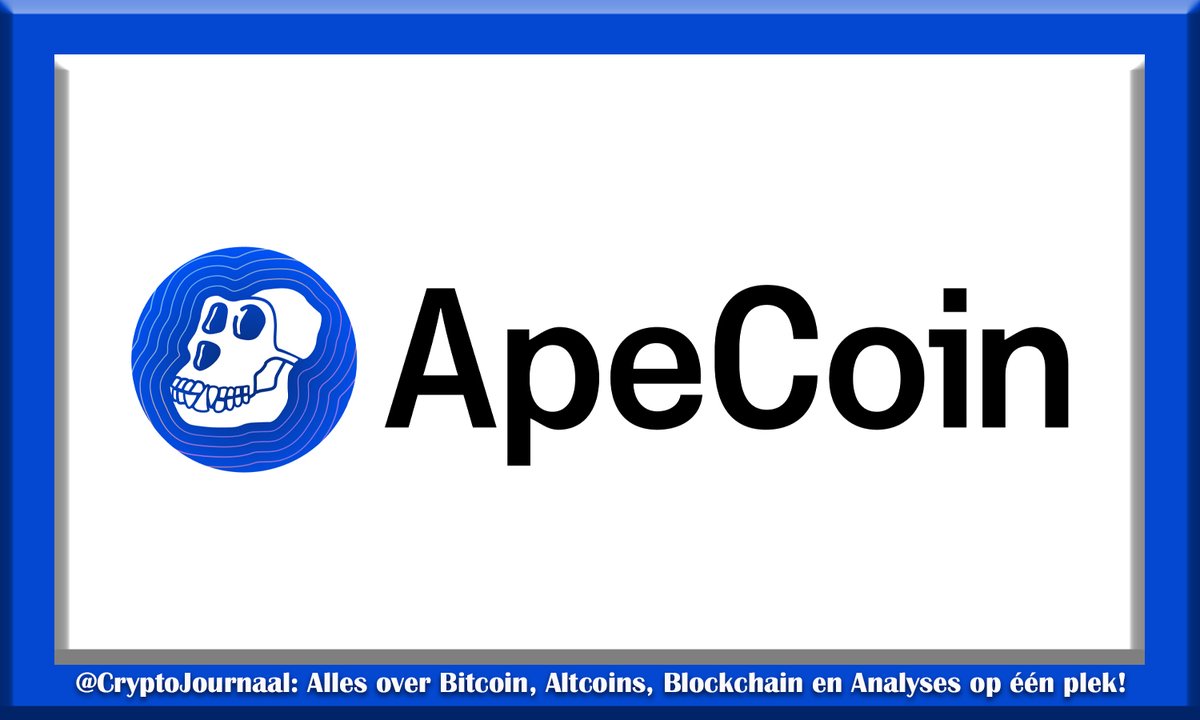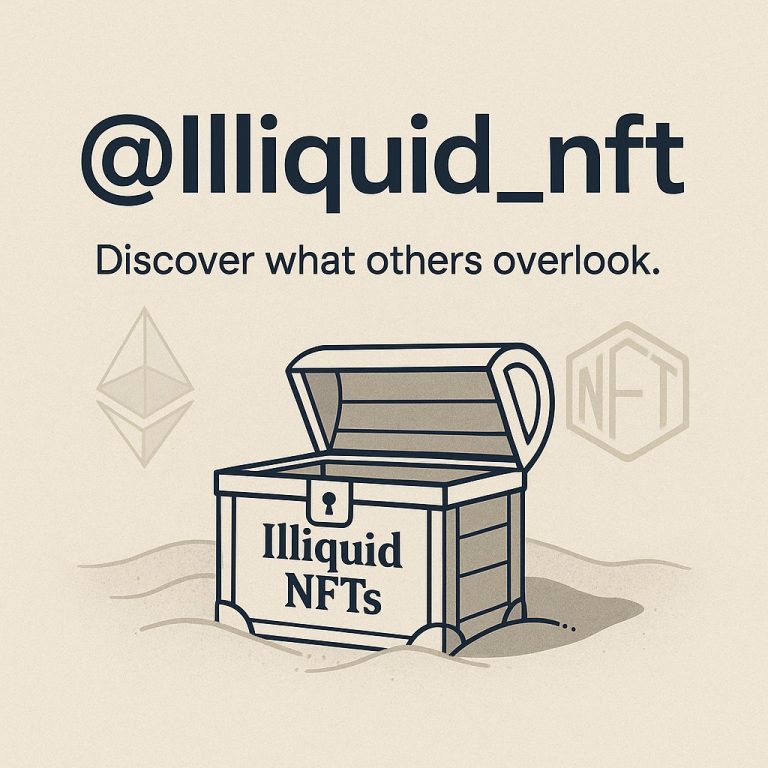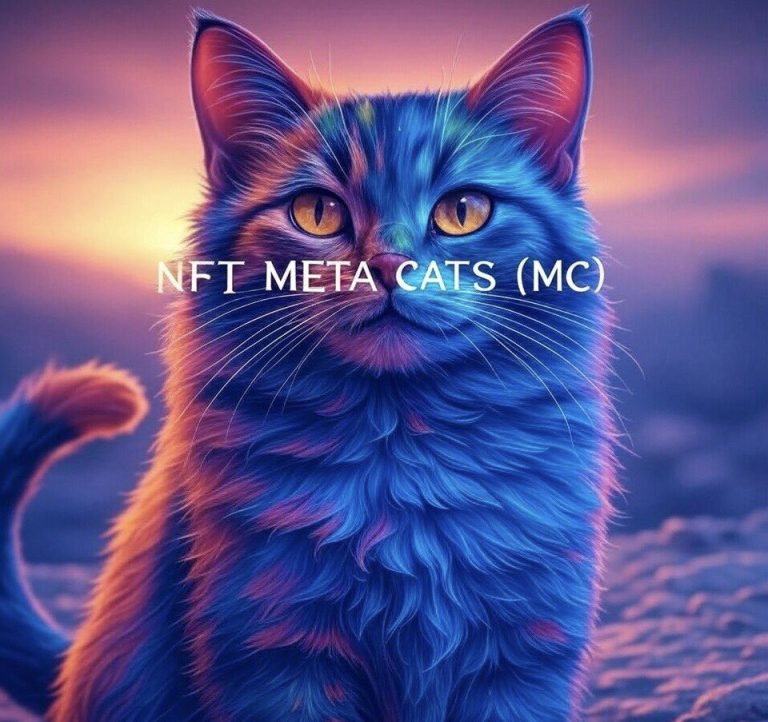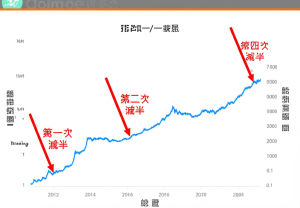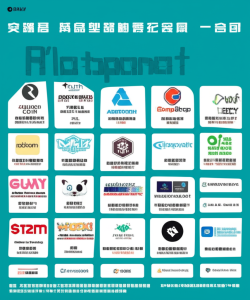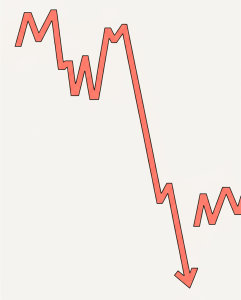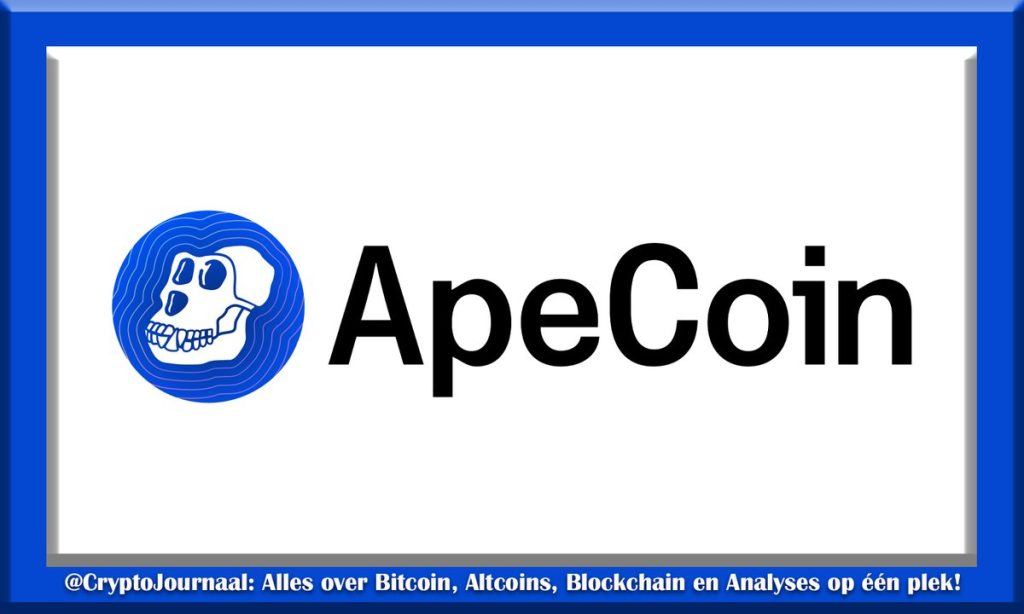
ApeCoin ($APE): A Deep Dive into the Ape Ecosystem
In the ever-evolving world of cryptocurrencies, ApeCoin ($APE) has emerged as a notable player, captivating the attention of investors and enthusiasts alike. Born from the popular NFT collection “Bored Ape Yacht Club” (BAYC) by Yuga Labs, ApeCoin is more than just a token; it is a gateway to a vibrant and expanding ecosystem. Let’s embark on a journey to understand the fundamentals of ApeCoin, its ecosystem, and its potential impact on the crypto landscape.
The Genesis of ApeCoin
From NFTs to a Thriving Ecosystem
The story of ApeCoin begins with the Bored Ape Yacht Club, a collection of 10,000 unique Bored Ape NFTs that gained immense popularity in the crypto art world. These digital assets, characterized by their distinctive ape avatars, became a status symbol and a gateway to an exclusive community. Recognizing the potential beyond the NFTs, Yuga Labs introduced ApeCoin, the native token of the Ape Ecosystem, to foster a more interactive and engaged community.
ApeCoin was launched in March 2022, with an initial supply of 1 billion tokens. The token distribution was designed to ensure a fair and decentralized launch, with 15% allocated to the BAYC and Mutant Ape Yacht Club (MAYC) NFT holders, 80% to the ApeCoin DAO ecosystem fund, and 5% to Yuga Labs and launch partners[1].
The Ape Ecosystem: A Multifaceted Universe
Gaming and Metaverse Integration
The Ape Ecosystem is not just about owning a piece of digital art; it is about participating in a dynamic and interactive universe. One of the key components of this ecosystem is its integration with gaming and metaverse platforms. ApeCoin is used as a medium of exchange within these platforms, allowing users to purchase in-game items, access exclusive content, and participate in various activities.
For instance, ApeCoin is accepted in games like “Benji Bananas” and “Apeiron,” where players can use the token to enhance their gaming experience. Moreover, the ecosystem is expanding into the metaverse, with plans to create immersive virtual worlds where ApeCoin holders can interact, socialize, and even conduct business.
Decentralized Autonomous Organization (DAO)
At the heart of the Ape Ecosystem lies the ApeCoin DAO, a decentralized autonomous organization that governs the ecosystem’s development and direction. The DAO is controlled by ApeCoin holders, who can propose and vote on various initiatives, ensuring that the ecosystem evolves in a manner that benefits the community.
The DAO has already funded several projects, including grants for developers building on the Ape Ecosystem, partnerships with other blockchain projects, and community-driven initiatives. This decentralized governance model empowers the community and fosters a sense of ownership and responsibility.
The Technical Aspects of ApeCoin
Tokenomics and Supply
ApeCoin operates on the Ethereum blockchain, leveraging its robust and secure infrastructure. The token follows a deflationary model, with a maximum supply of 1 billion tokens. This limited supply, coupled with the token’s utility within the Ape Ecosystem, creates a scarcity that can drive demand and value.
The tokenomics of ApeCoin are designed to incentivize long-term holding and participation in the ecosystem. For example, a portion of the tokens allocated to the ApeCoin DAO ecosystem fund is vested over time, ensuring a steady release of tokens into the market and preventing a sudden influx that could dilute the token’s value.
Use Cases and Partnerships
ApeCoin’s utility extends beyond the Ape Ecosystem, with several partnerships and collaborations that enhance its value proposition. For instance, ApeCoin is accepted as a payment method on various platforms, including the popular NFT marketplace OpenSea. Additionally, the token is used in various events and promotions, further increasing its visibility and adoption.
One of the most notable partnerships is with the music industry, where ApeCoin is used to purchase tickets to exclusive concerts and events. This collaboration not only expands the token’s use cases but also brings the crypto community closer to the mainstream entertainment world.
The Future of ApeCoin
Growth Potential and Challenges
As the Ape Ecosystem continues to evolve, ApeCoin is poised for significant growth. The token’s integration with gaming, metaverse, and entertainment platforms, coupled with its decentralized governance model, positions it as a strong contender in the crypto market. However, the path to success is not without challenges.
One of the primary challenges is competition from other crypto projects and tokens. The crypto market is highly dynamic, with new projects emerging regularly. To maintain its competitive edge, the Ape Ecosystem must continue to innovate and offer unique value propositions.
Another challenge is regulatory uncertainty. As governments around the world grapple with the regulation of cryptocurrencies, the Ape Ecosystem must navigate these waters carefully to ensure compliance and sustainability.
Conclusion: The ApeCoin Revolution
ApeCoin represents a significant step forward in the evolution of cryptocurrencies and blockchain technology. Born from the popular Bored Ape Yacht Club NFT collection, ApeCoin has grown into a thriving ecosystem that encompasses gaming, metaverse, and entertainment. Its decentralized governance model, coupled with its utility within the ecosystem, positions it as a strong contender in the crypto market.
As we look to the future, the potential of ApeCoin is immense. However, it must navigate challenges such as competition and regulatory uncertainty to realize its full potential. The journey of ApeCoin is a testament to the power of community and innovation in the crypto world, and it serves as an inspiration for future projects.
The ApeCoin revolution is just beginning, and the world is watching. Will it soar to new heights, or will it face the challenges head-on and emerge stronger? Only time will tell, but one thing is certain: ApeCoin is here to stay, and it is shaping the future of the crypto landscape.
References
[1] CryptoJournaal

